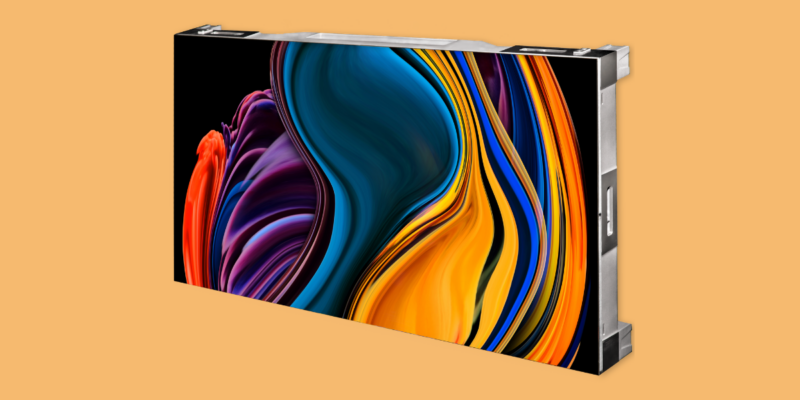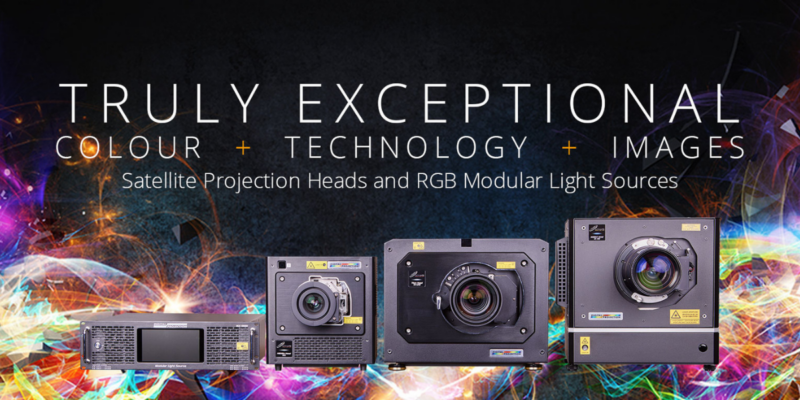Selecting the Proper Screen Material for Your Application
Have you ever used a screen material other than white for a projection application? If so, what color? Light gray, dark gray, or even black? What effect does screen color have on your projected image? What about the effect of the screen surface and material from which the screen is made?
To solve these questions, Digital Projection International’s (DPI) Application Support team projected video in an ambient lit room onto a screen that was white on one side and gray on the other (see figure below).

The left side of the screen is matte white while the right side of the screen is a dark shade of gray. In this ambient lit environment, the gray screen material produced a more vivid image. The gray side of the screen uses a material with angular reflective properties (see description below). The fact that the material is gray helps to preserve black level, even in the presence of ambient light. This increases the perceived contrast of the image, making it look as if it has more detail and resolution than the white section of the screen, which appears more washed out. Screen selection plays an important role in how you design for a projection application, so let’s take a closer look at these material types.
A matte white screen is typically described as having either unity gain or a gain of 1.0, and is an evenly diffusive material. That means when light from the projector reflects off the screen, it diffuses evenly in all directions (see figure below). However, it is important to note that when ambient light reflects off the screen it also diffuses evenly in all directions including back at the audience, therefore making the image from the projector look dim or washed out.

Angular reflective screen material, which is typically dark gray, is often a better choice when designing for ambient light applications. With an angular reflective material, light hitting the screen reflects at an opposite angle. Projection light bounces almost straight back to the audience, while ambient light at more extreme angles bounces away from the audience (see figure below).

For projectors to be an effective solution for media rooms, careful selection of the screen material is vital. DPI performed preliminary testing with angular reflective screens and the results indicated the following rule of thumb: Two thousand lumens of light output produces great looking images on 16 square feet of screen material in venues with typical ambient lighting. Two thousand lumens per 16 square feet equates to 125 foot-lamberts, if the screen was unity gain.
Put another way, for typical general-use ambient light environments:
- A 2500-lumen projector will produce great imagery on a 6′ x 3.375′ angular reflective screen.
- A 4500-lumen projector will produce great imagery on a 8′ x 4.5′ angular reflective screen.
- A 7000-lumen projector will produce great imagery on a 10′ x 5.625′ angular reflective screen.
- A 10,000-lumen projector will produce great imagery on a 12′ x 6.75′ angular reflective screen.
- A 16,000+-lumen projector will produce great imagery on a 14′ x 8.875′ angular reflective screen.
Typical general use ambient light environments are defined as multiple types of indirect artificial lighting, but no direct light falling on the screen, and no sunlight pouring into the room.
Although this is just a rule of thumb, we think it provides a good guideline.
This article was reprinted with permission from Digital Projection, Inc.





